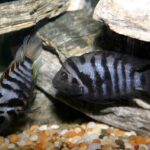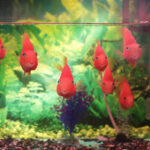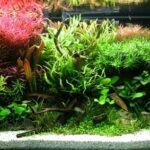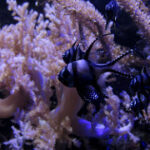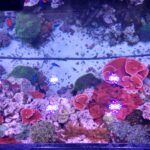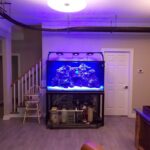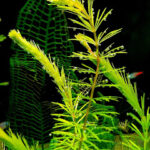
Aquascaping your aquarium with live plants can have several beneficial results. First, plants help to provide a stable system in the aquarium, acting as a buffer against rapid increases in nitrate levels, fluctuating pH levels, and sudden bacterial blooms. Second, your fish will certainly enjoy them. Third, you can unleash your creative side and design… Read more »

